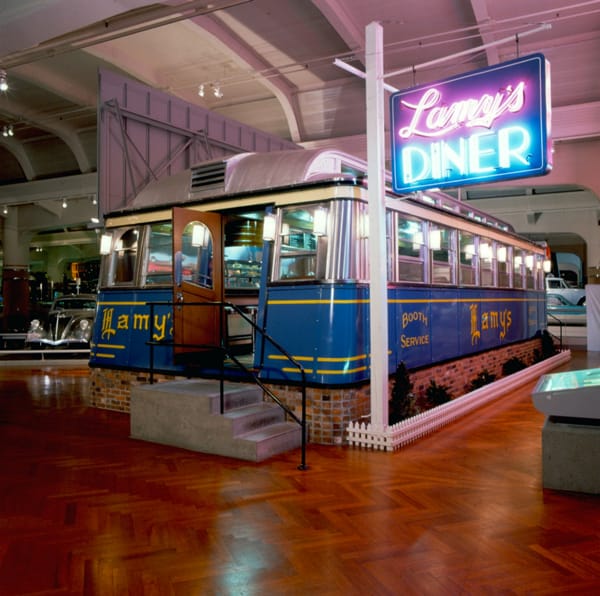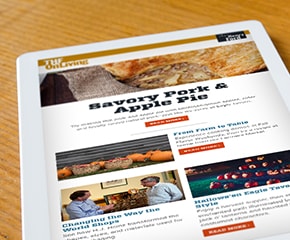
Evolution of
Our Collection
Adding to the Collections
Henry Ford had collected a slice of the American past unmatched in size and scope. After Ford’s passing in 1947, Museum staff both honored and expanded upon his collecting legacy. Many items continued to focus on technological progress and everyday life.
From the 1950s through the 1970s, Museum staff placed new emphasis on items long thought by experts to be intrinsically beautiful and worth collecting, especially fine furniture and folk art. During this time, the museum also acquired the enormous Allegheny locomotive, important collections of American political history, the Douglas DC-3 airplane, the automobile in which President Kennedy had been assassinated, and the rare and stylish Bugatti Royale.
Focusing the Collections
By the 1980s, many people recognized that the museum’s collections were unique and “unparalleled.” But they were also unwieldy, unfocused, and largely inaccessible to both museum staff and the public. Aligning with national museum standards, this era was marked by a flurry of activity to focus and get a handle on the collections—including a formal Collections Policy, curator-led collecting plans and initiatives, and, in 1987, the museum’s first computerized collections management system. New collecting—from transportation vehicles to agricultural equipment, from roadside artifacts to household objects—honed to a new museum mission statement in 1980s that focused on America’s change through time from a rural, agricultural society to an urban, industrial nation.
This is the best historical collection anywhere in the world, period.Museum President Harold K. Skramstad Jr. Detroit News, July 26, 1987

Broadening the Scope
By the early 1990s, museum staff decided that its mission statement about America’s change through time was both too oriented toward the past and too inwardly focused on the museum’s own work.
In 1992, staff settled upon a new mission statement with three key words—innovation, resourcefulness, and ingenuity—that both aligned with Henry Ford’s original vision and provided better opportunities to impact and inspire current and future audiences. These three words shaped and energized collecting—to encompass such topics as social transformation, modern design, and the stories and objects connected with innovators and visionaries.


